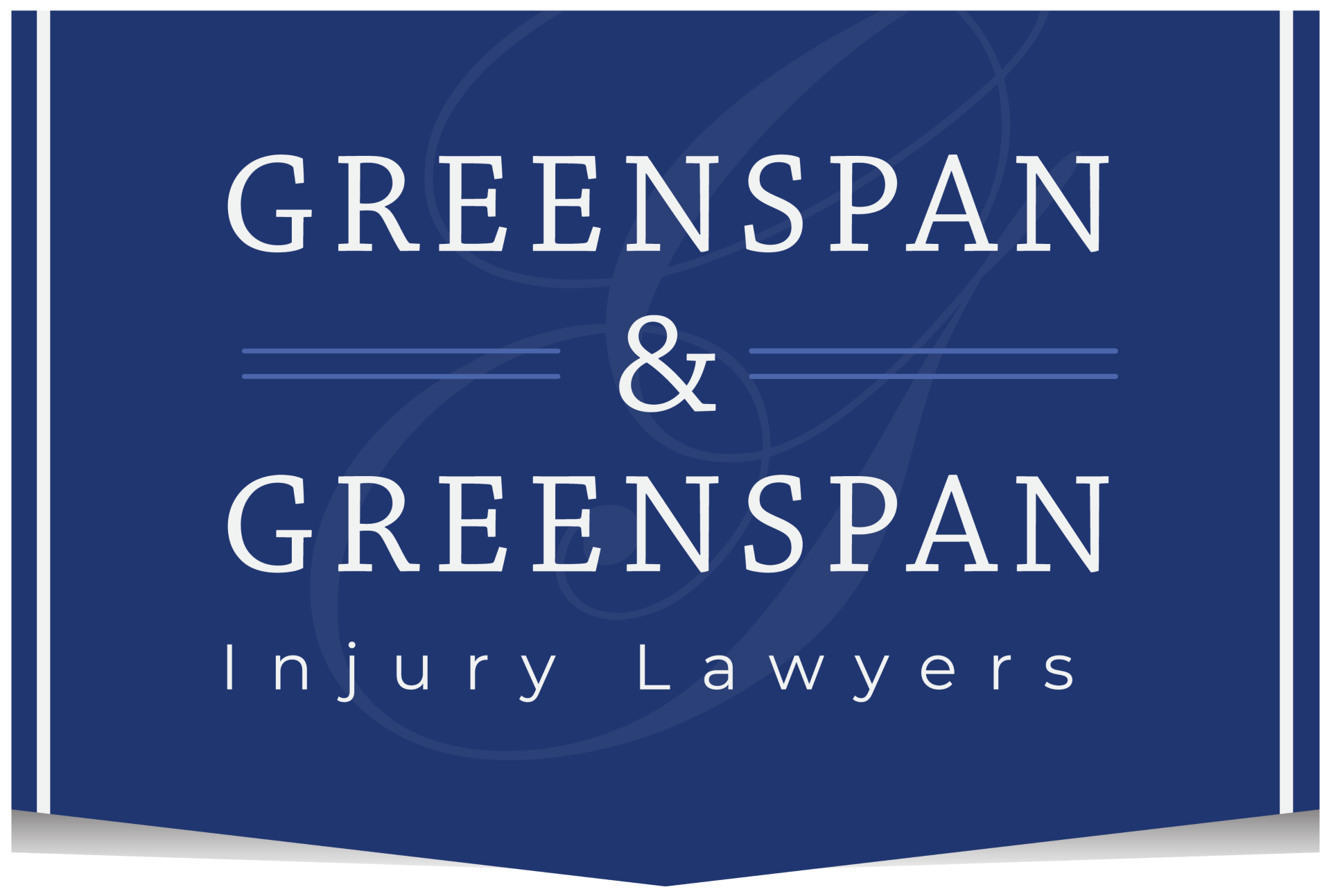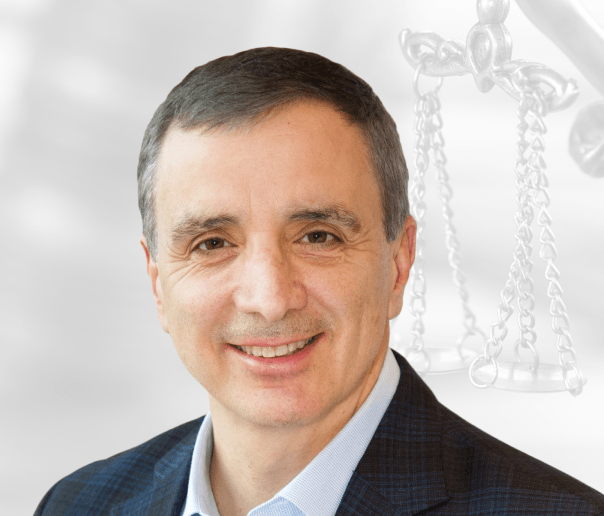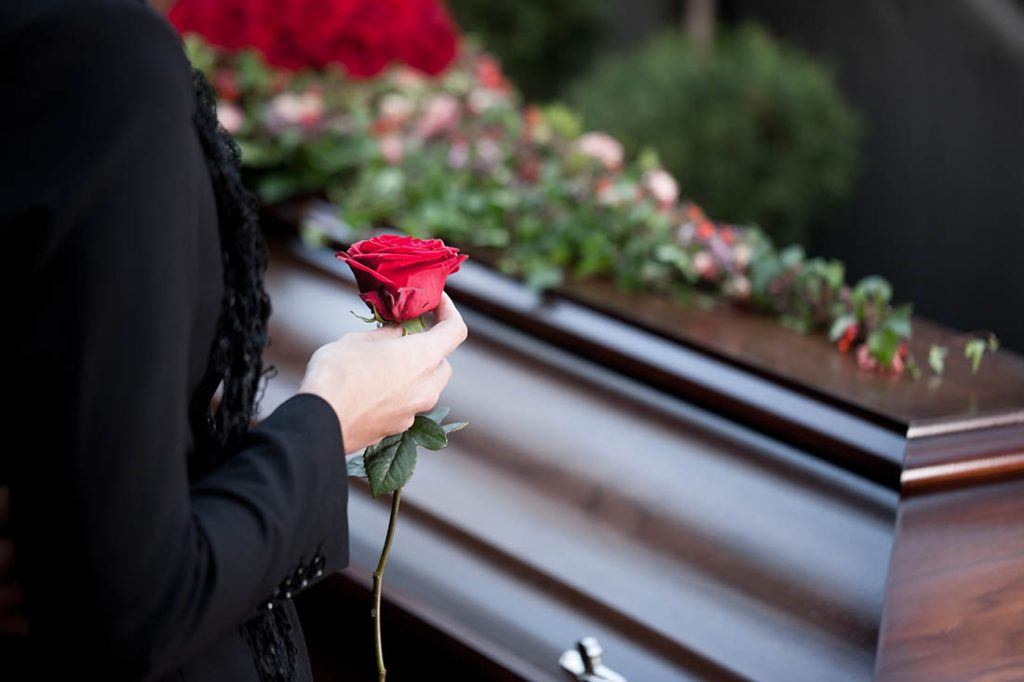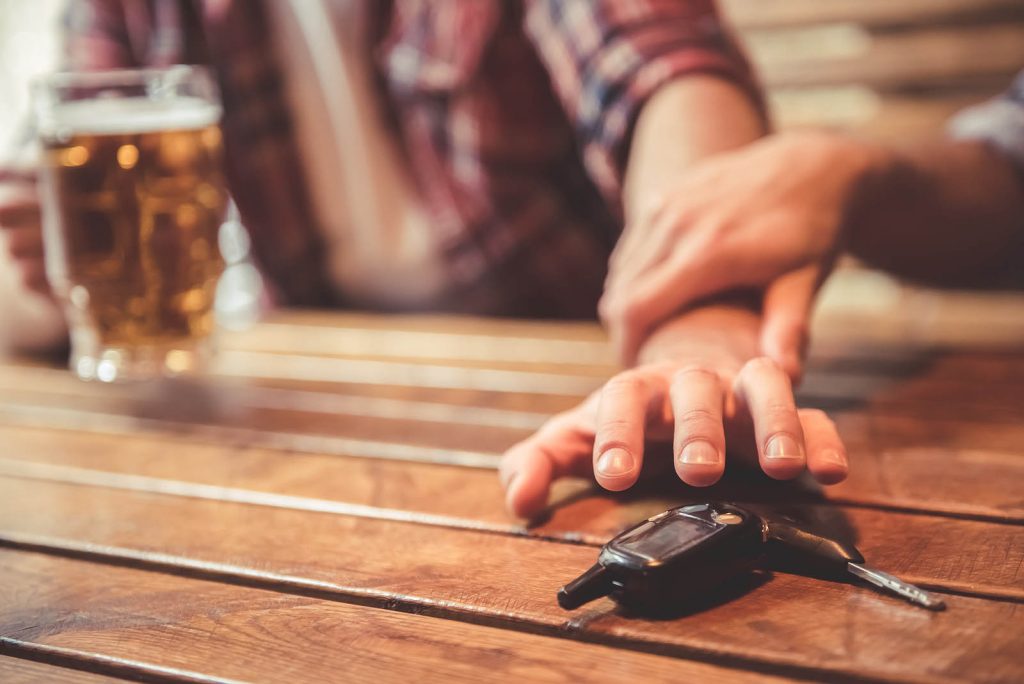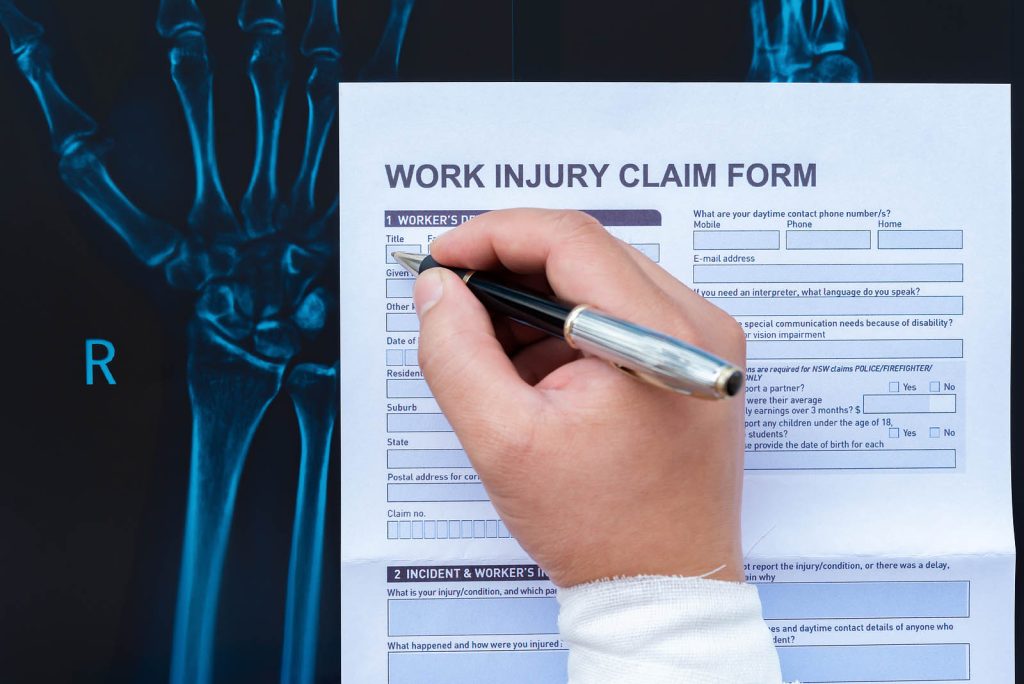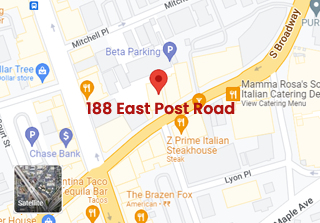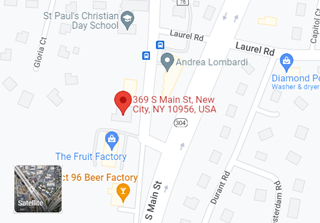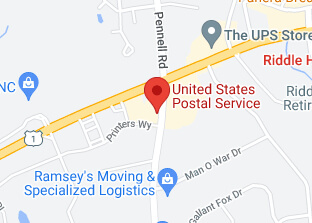Sometimes people think yielding the right of way applies only when there’s a yield sign. But under New York law, many other situations require a driver to yield the right of way regardless of whether or not there is a yield sign present. Read on for what you need to know.
What Is the Right of Way?
Right of way is a term that describes what happens when two or more vehicles arrive at different spots in an intersection and how it’s determined which of them can go first. If one driver has a stop sign and the other doesn’t, the driver without the stop sign has the right of way, and the driver at the stop sign must wait until the intersection is clear to enter.

Another example is a pedestrian in a crosswalk. Laws regarding pedestrians in crosswalks vary from state to state, but in New York, drivers are required to stop for pedestrians and exercise “due care”, even if the pedestrian isn’t in the same lane as the driver. Pedestrians crossing a street outside of a marked crosswalk or within an unmarked crosswalk at an intersection have to yield the right of way to all vehicles upon the roadway
What Does it Mean to Yield the Right of Way?
The yield sign is the obvious signal that a driver needs to yield the right of way to the other drivers coming through and only enter the intersection when there is no other oncoming traffic. New York law defines several other situations as well, including:
Traffic Already in the Intersection
If you’re approaching an intersection where you either have a green light or there’s no stop sign in your direction, but there is a car in the intersection either going straight or trying to make a left turn, you must yield to them.
Left Turn Yields
If two drivers approach the same intersection from opposite directions, the driver who wants to turn left must yield to the driver going straight or turning right.

It’s important to note that when turning left, the driver must yield to any vehicle or pedestrian that’s close enough to the intersection to be a hazard.
Pedestrians
As noted above, pedestrians in crosswalks have the right of way, and drivers must let them complete crossing the street before driving into the crosswalk. However, if a pedestrian is crossing in a crosswalk against a Do Not Walk signal or sign, they do not have the right of way.
Traffic Jams
If a driver wants to cross an intersection to get to the next block, but there’s stopped traffic ahead that would cause them to have to stop in the intersection, they must remain in the prior block so as not to cause a traffic jam in the middle of the intersection.
Two Drivers at Stop Signs
If two drivers stop at stop signs at an angle to each other, and they’ve stopped at the same time, the driver on the right side has the right of way and can cross the intersection first. The driver on the left must yield.
Merging onto Streets
Drivers who want to enter a roadway from a place that is not itself a roadway (driveway, alley, private road) must stop and yield the right of way to the vehicles in the roadway, not entering until the road is clear.
Traffic Circles
When approaching a traffic circle (sometimes called a roundabout), the driver wanting to enter must yield to vehicles already in the circle.
Emergency Vehicles
All drivers must yield and, where safe, pull to the side of the road when an emergency vehicle (law enforcement car, fire truck, ambulance) comes from behind or from the opposite direction. If the non-emergency driver is approaching the same intersection as the emergency vehicle, they must let the emergency vehicle cross through first.
Move Over Lights
When an emergency or hazard vehicle is stopped on any part of a road, including a shoulder, drivers must slow down and, where possible, move one lane away from the emergency or hazard vehicle.
While the laws in New York about yielding seem clear-cut, they can become complicated when one or more vehicles are involved in an accident. Rather than trying to determine fault on your own, it’s highly recommended you work with an experienced personal injury lawyer who knows how to acquire and present evidence.
What Should I Do if I Was Hit by a Car That Didn’t Yield?
One of the first things you should do is have yourself checked out by a doctor, even if you feel fine. Some injuries don’t exhibit symptoms right away, including serious injuries that can worsen if left untreated. This is true whether you were another driver, bicyclist, motorcyclist, or pedestrian.
You should also call the police to report the accident and collect the contact information from the other driver and any eyewitnesses. Take photos or videos of the accident scene too. These can be used as evidence. New York is a no-fault state, meaning that a pedestrian’s crash related medical bills, wage loss and up to $25.00 a day in transportation costs will be paid by the insurer of the vehicle which struck the pedestrian, regardless of who was at fault. If your damages are significant, fault becomes an issue when considering whether you can sue the driver and owner of the offending vehicle.

Then call Greenspan & Greenspan Injury Lawyers at 914-946-2500 for a free initial consultation with one of our White Plains, NY, car accident attorneys. We can help determine the best approach for your case.
Be sure not to enter into any communication with the other driver’s insurance representative or attorney. Their goal is to make you accept as much fault as possible for the accident, or they may try to convince you to accept a much lower settlement than you’re eligible for. If they try to contact you, simply refer them to your lawyer. Remember, the other driver’s insurance representative is not there to help you. Know your rights by speaking with an experienced Westchester County personal injury lawyer!
